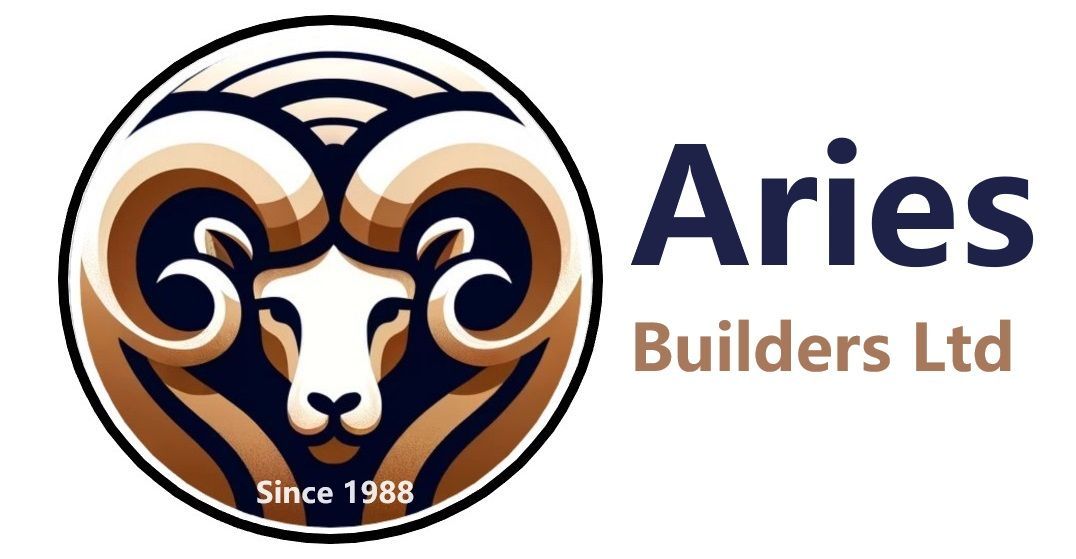How it’s bonded. Older boards were bonded with urea‑formaldehyde (UF) resin and relied on a thin wax coating to slow moisture uptake. Modern “moisture‑resistant” (MR) boards use melamine‑urea‑formaldehyde (MUF) adhesives and have wax distributed through the panel. This improves their tolerance to construction moisture but doesn’t make them waterproof. Manufacturers such as PlaceMakers explain that their standard particle‑board uses UF adhesive, while the MR variant uses MUFplacemakers.co.nz.
How water affects particle‑board. Particle‑board’s strength comes from the adhesive bonds between wood particles. When soaked, water softens the resin and the wood chips swell, causing the board to expand and lose stiffnessdoityourself.com. Even small nail holes can admit moisture and accelerate deteriorationdoityourself.com. If the board is dried quickly and hasn’t been saturated, it may recover; however, prolonged wetting often leads to hidden damage. MBIE’s flood‑recovery guidance notes that floors which have bulged, swollen, become soggy or springy are likely to need replacing and that some wood products such as particle‑board “are likely to need replacing if they have been in prolonged contact with water”building.govt.nz.
Regulatory guidance. New Zealand’s Building Code requires wet‑area floors to be covered with an impervious surface; if you can’t ensure this surface will remain intact, the flooring must be H3.1‑treated plywood or timber, not particle‑boardbuilding.govt.nz. MBIE also recommends treated plywood rather than particle‑board under baths and showers because even small leaks can cause undetected damagebuilding.govt.nz.
Particle‑board as a floor substrate. Particle‑board flooring consists of factory off‑cuts, sawdust and shavings mixed with a resin binder and compressed into large sheets Builders value it because it’s affordable, quick to install and provides a smooth base for carpet or vinyl. It is, however, less stiff and moisture‑resistant than ply and solid wood; if it stays wet for long periods it will swell or crumble build.com.au.
Hidden damage and time‑lag effects. After a flood, particle‑board can appear dry and solid at the surface while still containing trapped moisture. Builders have found that boards may soften months later, especially once vinyl or carpet is laid over them. Forté notes that older particle‑board is more likely to be badly damaged and that retained boards often swell at the edges, requiring sanding and still carrying adhesion risksknowledge.forte.co.nz. Moisture meters can read inaccurately in particle‑board; oven‑dry tests or a structural engineer’s assessment may be necessary to confirm the boards are truly dryknowledge.forte.co.nz.
When replacement is recommended. Replacement is generally advised when:
- Moisture readings indicate high moisture content (>18 %) or the board has been saturated for an extended period.
- There is visible swelling at sheet joints, soft spots underfoot, delamination or crumbling.
- Mould or a persistent musty smell is present.
- A warm‑water leak (e.g., a ruptured hot‑water cylinder) has occurred – heat accelerates adhesive breakdown.
If the boards have only been briefly wet, dried quickly, and moisture tests confirm they are within a few percent of the new flooring’s moisture content, it may be possible to keep them. In such cases, screw‑fixing and sanding of swollen edges is recommendedknowledge.forte.co.nz. Where there is doubt, a structural engineer should assess the residual strength.
This is paragraph text. Click it or hit the Manage Text button to change the font, color, size, format, and more. To set up site-wide paragraph and title styles, go to Site Theme.

